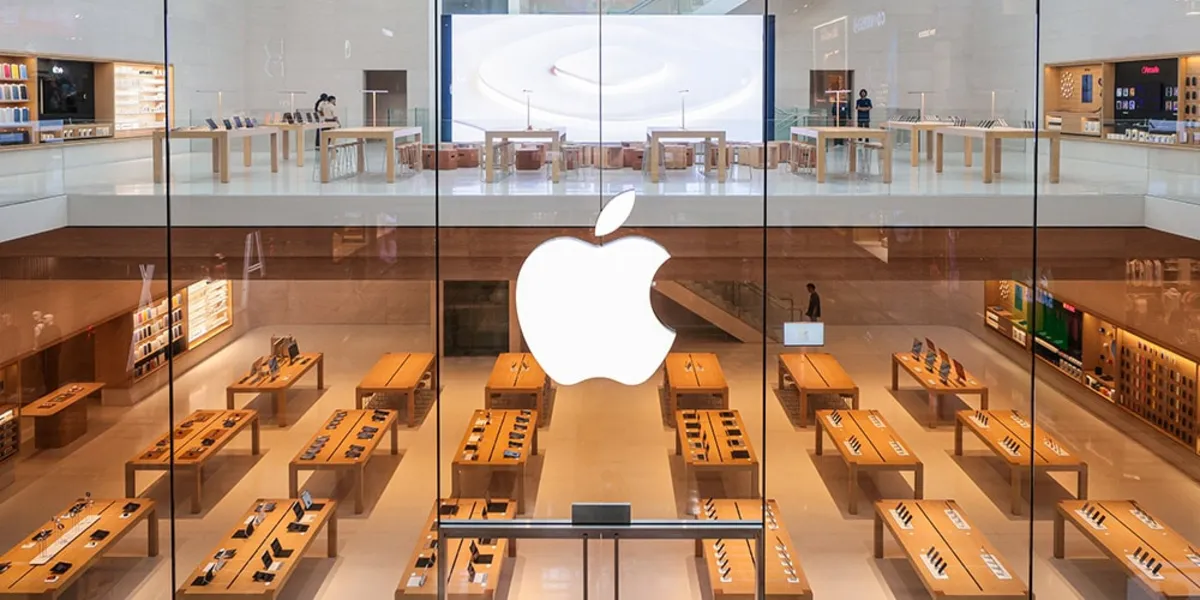
Apple is still several months away from officially launching the highly anticipated iPhone 17 series, but early leaks are already generating buzz with hints of a major design overhaul. This design shift is said to closely mirror the aesthetic of Google's Pixel lineup. Notable leaker Majin Bu has recently released CAD renders showcasing the potential new look of the iPhone 17, iPhone 17 Pro, iPhone 17 Pro Max, and the much-rumored iPhone 17 Air.
According to the leaked CAD renders, the upcoming iPhone 17 Pro and iPhone 17 Air models will feature a bold new camera design. The Pro and Air models are expected to sport a wider, pill-shaped camera bar that spans the upper portion of the device, replacing Apple's traditional square camera module. This represents a significant departure from the design language of previous iPhone iterations.
The iPhone 17 Air is anticipated to follow the same design language but with a single rear camera lens, providing a sleeker aesthetic. Meanwhile, the standard iPhone 17 is expected to retain the familiar look seen in earlier models, maintaining continuity for users who prefer the classic design.
Rumors surrounding the iPhone 17 Air have been circulating for months. This model is speculated to be a slimmer alternative intended to replace the Plus variant. Reports suggest that it could feature a titanium frame, distinguishing it from the Pro models, which are expected to revert to aluminum construction. Apple initially introduced titanium in the iPhone 15 Pro lineup, but supply chain analyst Jeff Pu indicates that environmental considerations might push Apple to opt for aluminum in the iPhone 17 Pro models.
Apple traditionally unveils its new iPhone lineup in September, which means an official reveal of the iPhone 17 series is still months away. However, if the leaks prove accurate, the iPhone 17 series could mark one of the most significant design changes for Apple in recent years. As anticipation builds, tech enthusiasts worldwide are eager to see how these design innovations will shape the future of the iPhone.